Many younger gardeners suspect that winter digging is a bad thing. Others of all ages put their faith in rotovating in spring.
The famous 'no-dig' systems rely on two things: really good drainage and the soil being in good nick to start with. Soil is one area you really can't cut corners. And on heavy soils, winter digging is really still a vital necessity. By all means rotovate in spring to produce a tilth, but the soil needs those winter frosts to break up the structure. It kills pests too!
If you have an asparagus bed you will have cut all the 'fern' down by now (won't you). Take the time to remove all the weeds, even the tiny ones, while they are young. They won't be easier to get out in the spring and you'll have less free time to do it.
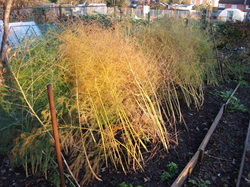
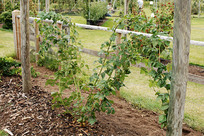
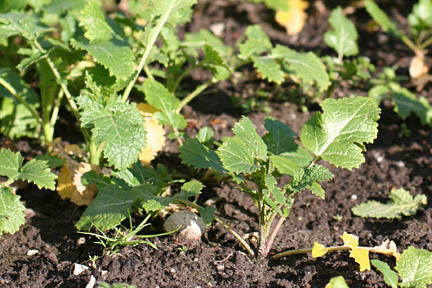


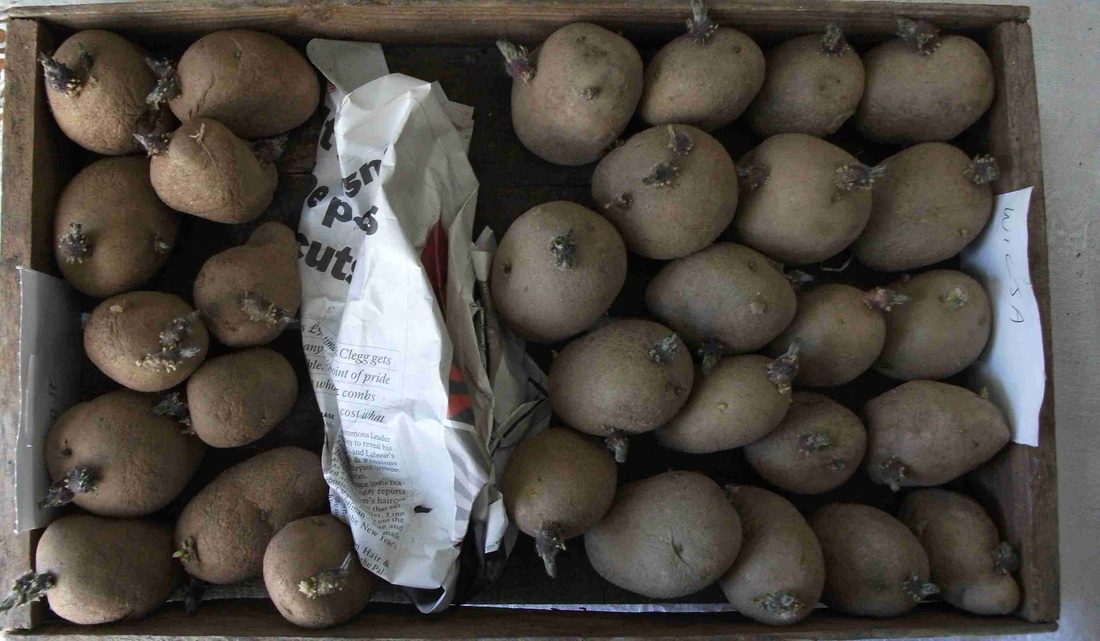
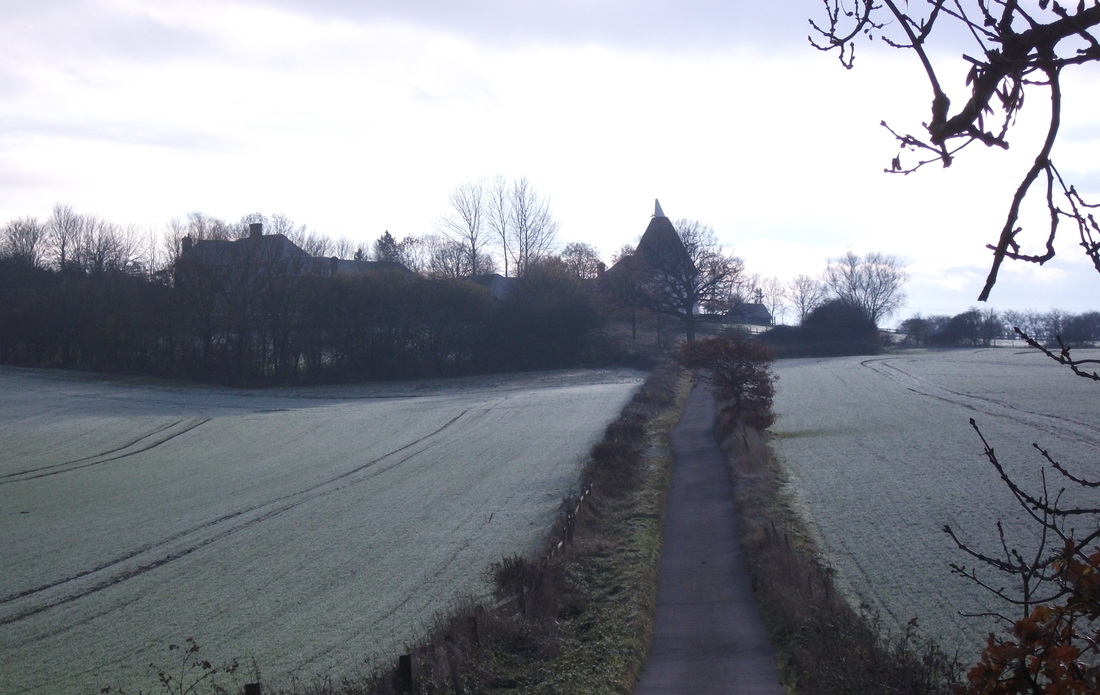
 RSS Feed
RSS Feed
